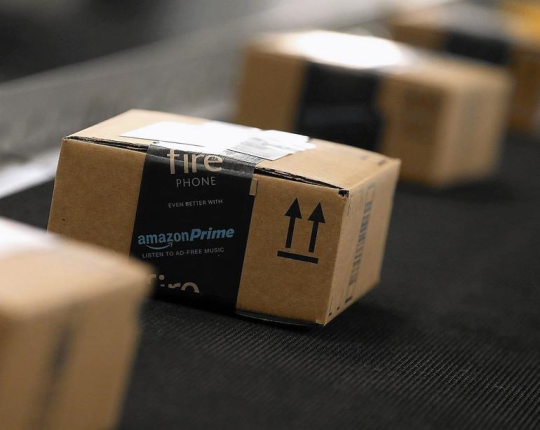
Amazon is banning
customers from buying merchandise on its site who return too many items,
according to The Wall Street Journal. The
article quotes two customers who had their accounts banned without warning
or explanation, with one of them saying she spent thousands of dollars per year
on the e-Commerce site.
The RTP editors
discuss whether Amazon’s decisions are a sign of arrogance, or a measure that all
retailers may need to take as more brands promise easy returns. Are there better
ways to deal with the issue of rising return rates and consumers’ potential
abuse of the system?
Debbie Hauss,
Editor-in-Chief: The fact is, retail returns total approximately $351 billion annually — 10% of total revenue — and 5% of that total is estimated to be
fraudulent, according to the National Retail Federation’s 2017 Organized Retail Crime Survey.
And when you focus on online-only, the percentage of returns skyrockets to 30%, as reported by InvespCRO. These numbers
are showing no signs of decreasing, in part because consumers increasingly
expect to be able to try before they buy. I can hardly blame Amazon for trying
to effectively reduce this increasing annual loss. It’s a shame, though,
because the honest consumers are suffering at the hands of the dishonest. As I
mentioned in a recent article, L.L.Bean ended their longtime free-rein return policy after
getting fed up with losses exceeding $250 million each year. But the question
is, is Amazon doing it right? Reportedly, the company will not disclose how
much is too much when it comes to returns, so shoppers are left wondering and
worrying. That doesn’t seem like a good approach to me.
Adam Blair, Executive
Editor: It’s understandable that retailers including Amazon, Best Buy, JCPenney and Home
Depot have taken steps to crack down on too-frequent and/or
potentially fraudulent returns. Return rates appear to be on the rise:
only 13% of respondents to the Retail
TouchPoints Last Mile survey said their return rates had dropped
during the past 18 months, while 31% said they rose. It’s also
understandable, although less admirable, that these retailers are less than
forthcoming about just what actions put customers on their returns
“blacklists.” These retailers gain the public relations benefit of a reputation
for easy, no-questions-asked returns, but then they bury their actual returns
policies in the fine print or offload the problem to a third party that
keeps score on consumers’ returns behavior. That’s a dangerous game in an era
when everyone has a social media bullhorn at their fingertips. Retailers should
consider coming clean about the full scope of their returns policies, rather
than springing the bad news on unsuspecting consumers.
Glenn Taylor, Senior
Editor: This could turn some Amazon consumers off in the immediate term,
but I don’t believe the move is going to stop anyone from making purchases
there (or attempting returns if they’re unsatisfied with the product) in the
long run. It’s a very “un-customer-centric” move to make, but Amazon should
draw the line somewhere as long as they explain thoroughly what the process is
for banning an account. In Q1 2018, the company spent an exorbitant amount on
fulfillment, to the tune of $7.8 billion
and another $6 billion in shipping
expenses. This is a dilemma Amazon is going to have to face head-on at some
point as it continues to operate on thin margins (and assuming the company
wants to get serious about its retail operations turning a profit). Most
retailers haven’t built the cachet of Amazon so they probably couldn’t get away
with this. However, the potential weapon of banning customers should make many retailers
think long and hard about what they should and shouldn’t limit in the returns
process. If retailers go this route, they should make these policies known so shoppers
know exactly what to expect when they buy.
Bryan Wassel,
Associate Editor: The issue, as with many trust concerns, is one of
transparency. Most shoppers don’t have an insider’s view of the retail world,
and they don’t realize that returns are on the rise — they only find out
second-hand when they hear stories about innocent people being banned from a
service for something that, from their perspective, should be the retailer’s
problem. Setting a definition of what constitutes return abuse and what the corresponding
penalties are could scare away potential customers, but it also could be the
first step in normalizing a retailer’s right to protect their bottom line. PwC’s Global Consumer Insights Survey 2018 found that 65% of
shoppers value free return shipping, and 23% want a strong
returns policy, so retailers need to find an acceptable middle ground that
protects their interests without turning off shoppers. A fair, established
returns policy may be better than the paranoia of wondering when one return
will be too many.






